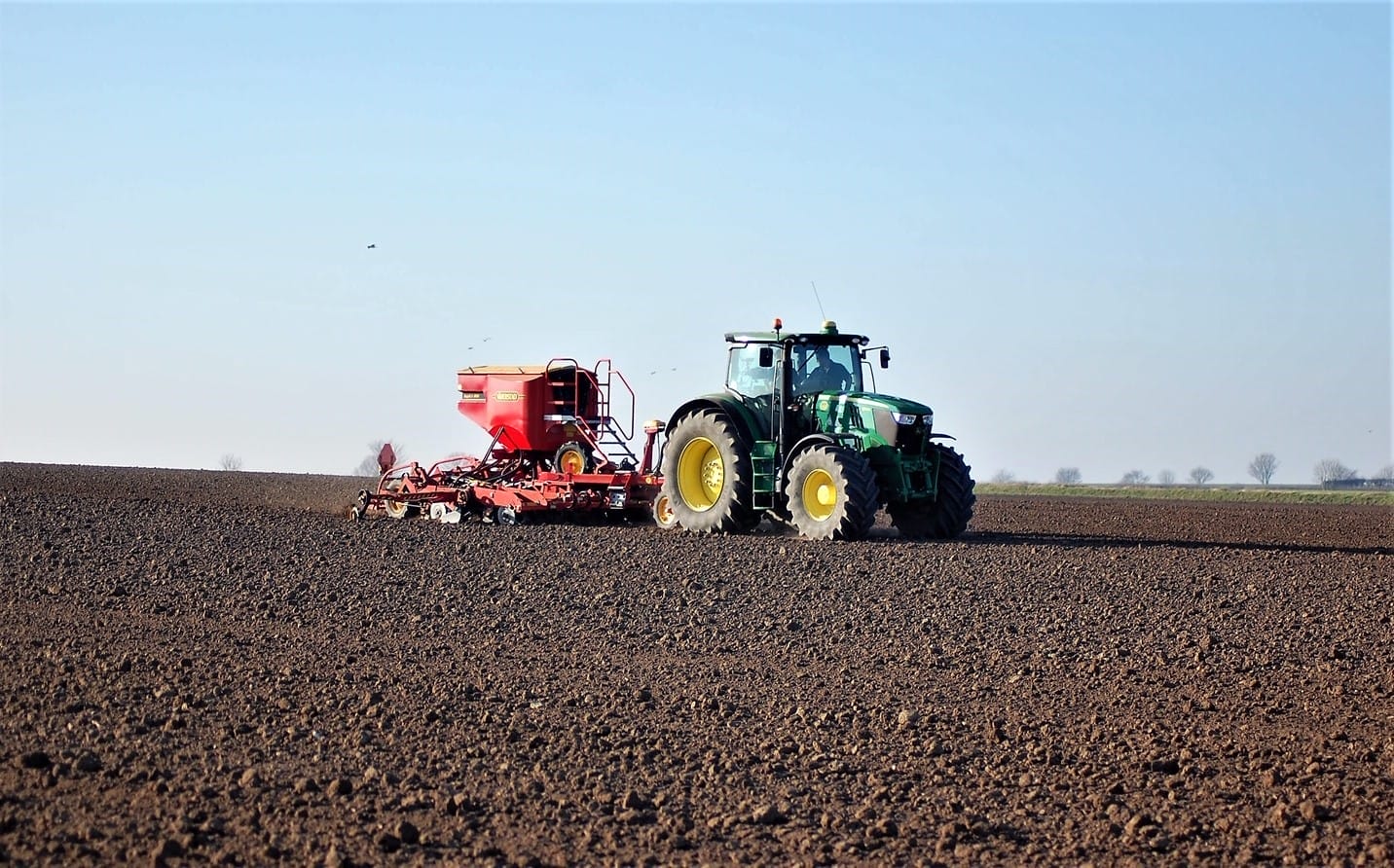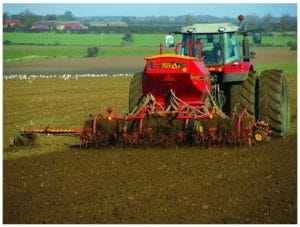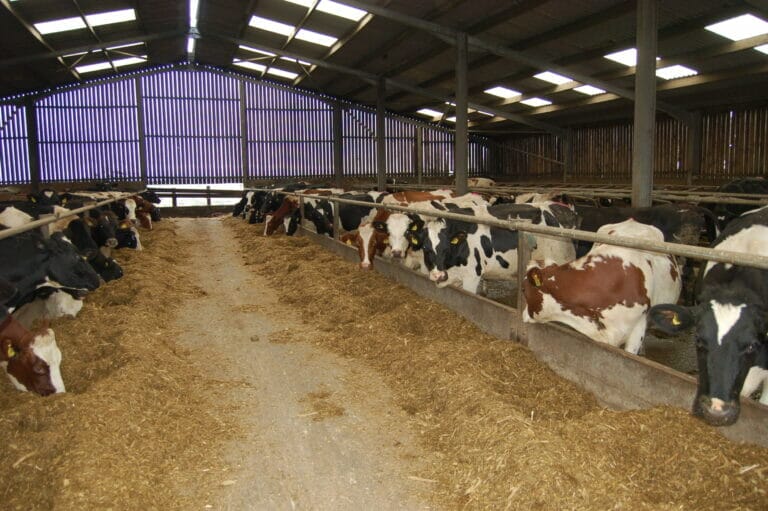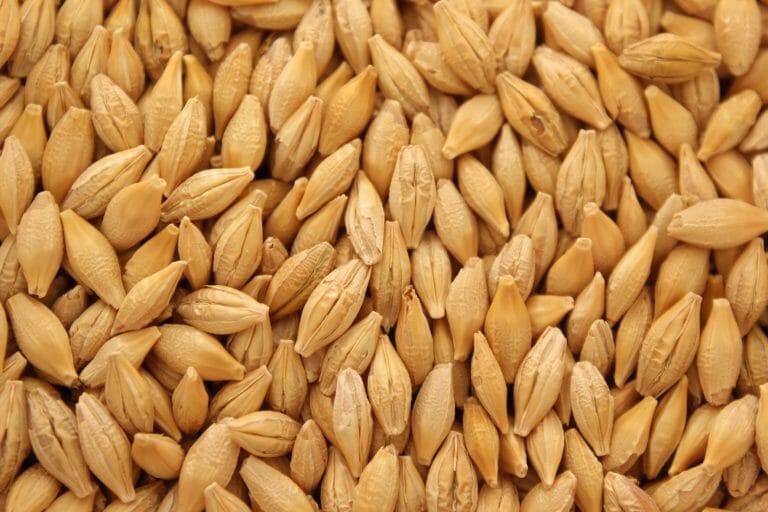
Five priorities when choosing a spring barley variety
Spring barley is an important rotational option on many farms, and more growers may be looking to the crop in 2024 as exceptionally wet autumn weather has disrupted winter cropping plans.
But, whether the decision to grow spring barley is planned or unplanned, There are some key factors to consider says Limagrain UK arable technical manager, Ron Granger.
Market requirements
Start by fully understanding your grain buyer’s requirements in terms of variety and grain quality, especially when looking to supply premium brewing or distilling markets.
In some instances, contract specifications will dictate the variety that must be grown to supply a particular market, and criteria such as grain nitrogen content, will have an important impact on agronomic decisions and crop inputs throughout the season.
Dual use potential
Where variety choice is not dictated by the end user, growers have flexibility to select one that suits their requirements, growing conditions and farm situation.
Mr Granger recommends considering a dual use variety such as LG Diablo, which combines decent yield performance, with multiple end market opportunities, offering an advantage over many varieties now listed.
Vigour and tillering capacity
LG Diablo offers excellent spring vigour and high tillering capacity, which is a valuable trait in spring barley given the relatively short growing period.
The best way to maximise spring barley yield potential is to ensure high final ear counts. An 8-9 t/ha crop needs around 800 ears/m2, which at a 350 seeds/m2 rate, equates to around 2.5-3 tillers per plant at harvest.
Choosing a more vigorous tillering variety will help, as it will give some reassurance that the optimum tiller count will be reached.
Where spring barley is being used in a black-grass situation, it is important that a vigorous, high tillering variety is selected, as a high tiller number must be ensured for the variety to compete.
Spring barley is a fast-growing crop and if key nutrients are deficient at any time, yield potential will be affected.
Limagrain trials show that higher yielding varieties respond positively to higher nitrogen inputs, due to their increased yield potential and,more importantly, a dilution of grain nitrogen content.
Phosphate, potash, magnesium and sulphur, have proven beneficial to tiller retention and final yield, while micronutrients, including manganese, zinc, copper, iron, and boron, applied at the stem extension phase into flowering, are also useful.
Disease resistance
Strong disease resistance is an important characteristic to look for in any variety, and spring barley is no exception, with mildew, rhynchosporium, and brown rust being the main considerations, says Mr Granger.
Early drilling can significantly increase disease risk, so it may be particularly important to consider more disease resistant varieties for this situation.
Resistance to lodging/brackling
Choosing a variety with good straw characteristics, is key to protecting yield and grain quality at harvest and potentially offers another significant output from the crop.
While a variety’s RL ratings for lodging and brackling provide a useful indication, it is also important to recognise the role that agronomic decisions play, notably around seed rate, nutrition, and the use/timing of growth regulators.
































